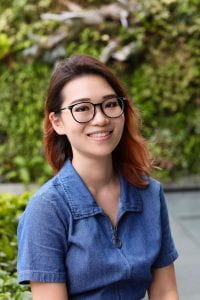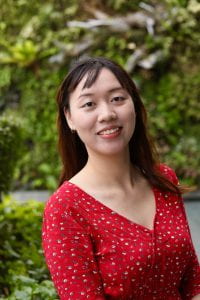We shared the news recently of Singaporean students and their fear of failure as reported in the well-being survey in the 2018 Program for International Student Assessment (PISA) – an international assessment conducted by the Organisation for Economic Cooperation and Development (OECD).
72 per cent of Singaporean students revealed that they are anxious about how others would perceive them when they fail. 78 per cent of the students also reportedly viewed failure as something that would cast doubt on their future plans – well above the 54 per cent average reported by students from the other 37 OECD member countries. Is this just a case of being kiasu or is there more to this?
Being kiasu is the hallmark of a being Singaporean student – with high-stakes national exams and assessments for academic and non-academic activities. While this fear of losing to others may drive students to work hard but it may also ingrain an unhealthy mindset that focuses purely on outcomes and returns.
So how can we encourage our children to be less afraid of failing?
Carol Dweck, a professor of psychology at Stanford, is known for her research on children’s mindsets when facing challenges. She identified two core mindsets: Fixed mindset, the belief that one’s abilities are predetermined at birth and set in stone and the Growth mindset, the belief that one’s qualities and skills can be cultivated and improved through hardwork and perseverance.
In her research, she saw that children with the Fixed mindset have a predetermined idea of what their abilities are and see challenges as high-risk. They shrink back and avoid challenges, thus limiting their learning opportunities. When they do try, harsh criticisms, poor grades, failures become proof that they are incapable.
On the other hand, those with the Growth mindset see challenges as a way to improve their abilities and skills. They tend not to shy away from learning something new or something difficult. For years, her research has influenced parents, educators and education policymakers. A teacher might praise a child for making an effort on a test even if he’d failed it, believing that doing so would promote growth mindset in that student. Encouraging our children to develop the growth mindset can help make them less afraid of failing.
But, here’s a caveat – empty praises may actually impede the development of the growth mindset.
In Dweck’s new book, Mindset: The New Psychology of Success, she warns about the false growth mindset. She summarises the false growth mindset as 1) believing that a person has the growth mindset all the time for all areas, and 2) oversimplifying the growth mindset to be all about effort.
An individual may have the growth mindset for an area that she has already experienced success, for example, getting all the math problems in an assignment right. She may then be more confident when taking on other math problems. However, everyone experiences triggers that can set us on the fixed mindset for example, encountering something outside your comfort zone or meeting a person who is much better than you in something you pride yourself in. The key is being aware of what your triggers may be and being mindful when we find ourselves falling into the fixed mindset.
Secondly, we should never oversimplify the growth mindset and just simply praise all effort. Children who don’t do well may start to see the praise for effort as just a consolation prize. They may believe that you already see them as incapable and therefore are just praising them to make them feel better.
Dweck encourages parents and teachers to not just give empty praises but tie the praises to efforts that led to learning or growth. She says to also support the children in identifying strategies that worked for them and those that didn’t. In that way, failures become part of the process of identifying strategies that didn’t work.
Children need to know that when they fail, purely redoubling the effort in ineffective strategies may not lead to success. We should help them evaluate themselves and find more effective solutions to solve their problems.
Read more about Carol Dweck and her new book in this interview.
This post is crafted by Fei Ting: lab manager, teacher, and budding psycholinguist.
Are you a parent or educator? Or just someone interested in the Science of Learning? Here at BLIP lab, we are researching on various factors behind the science of learning – including what children are hearing in their environments. Join us in our research












